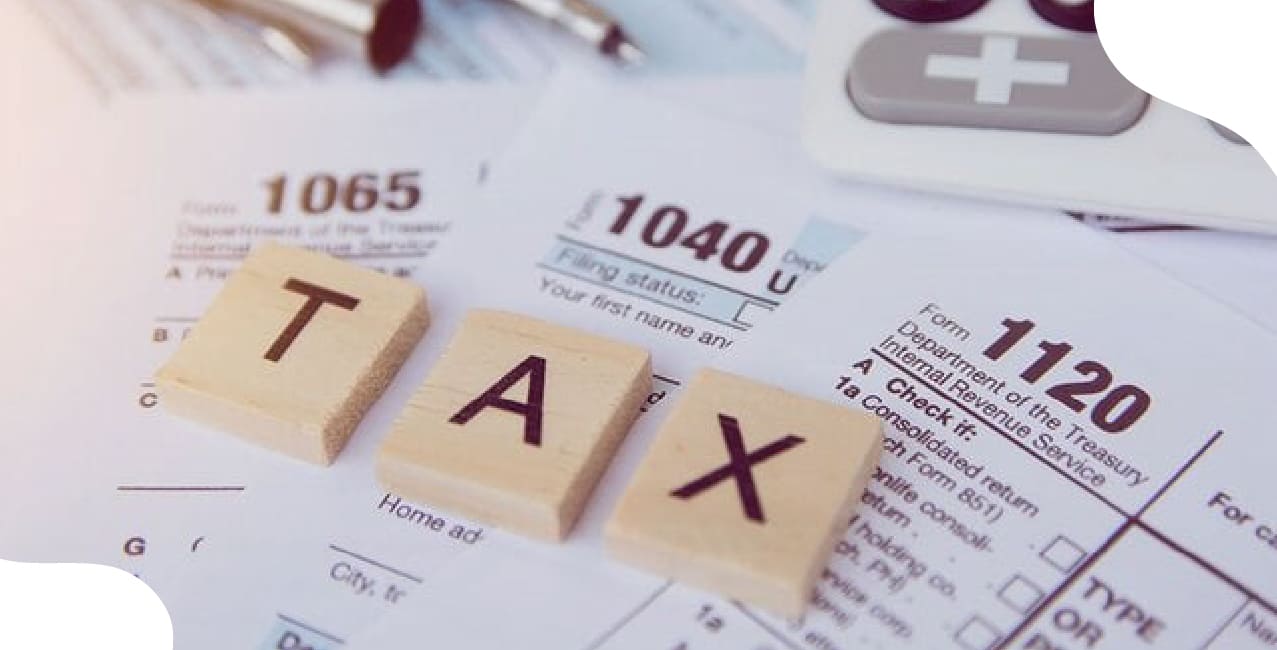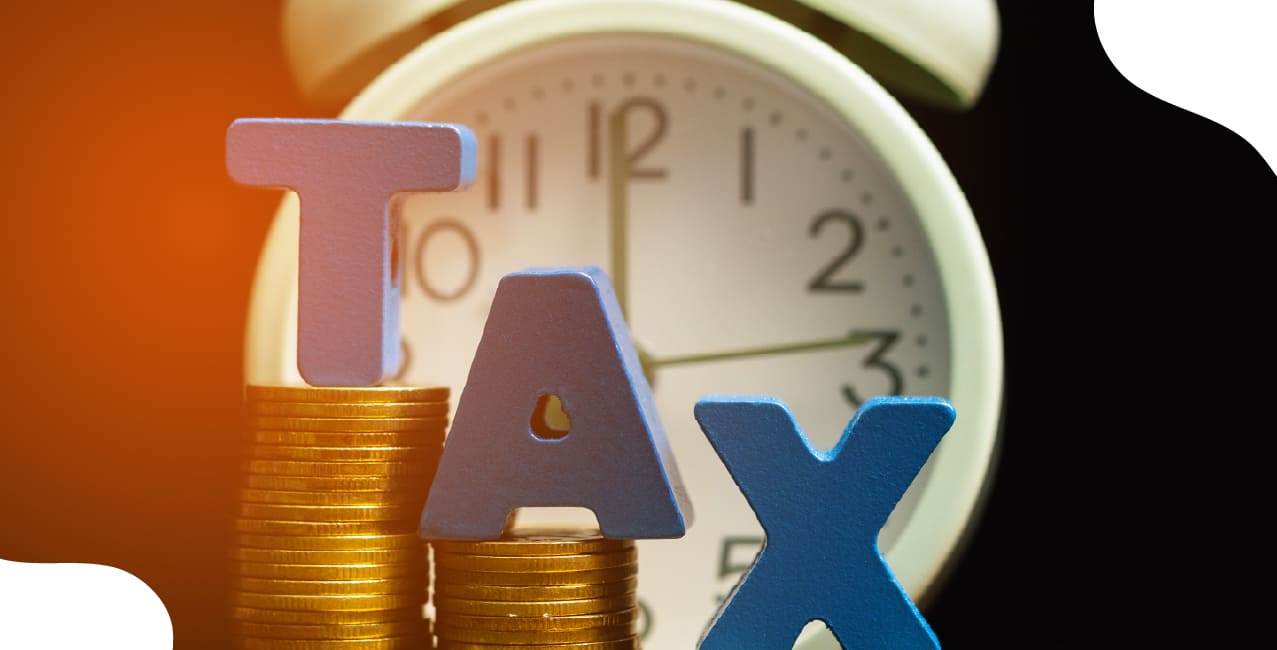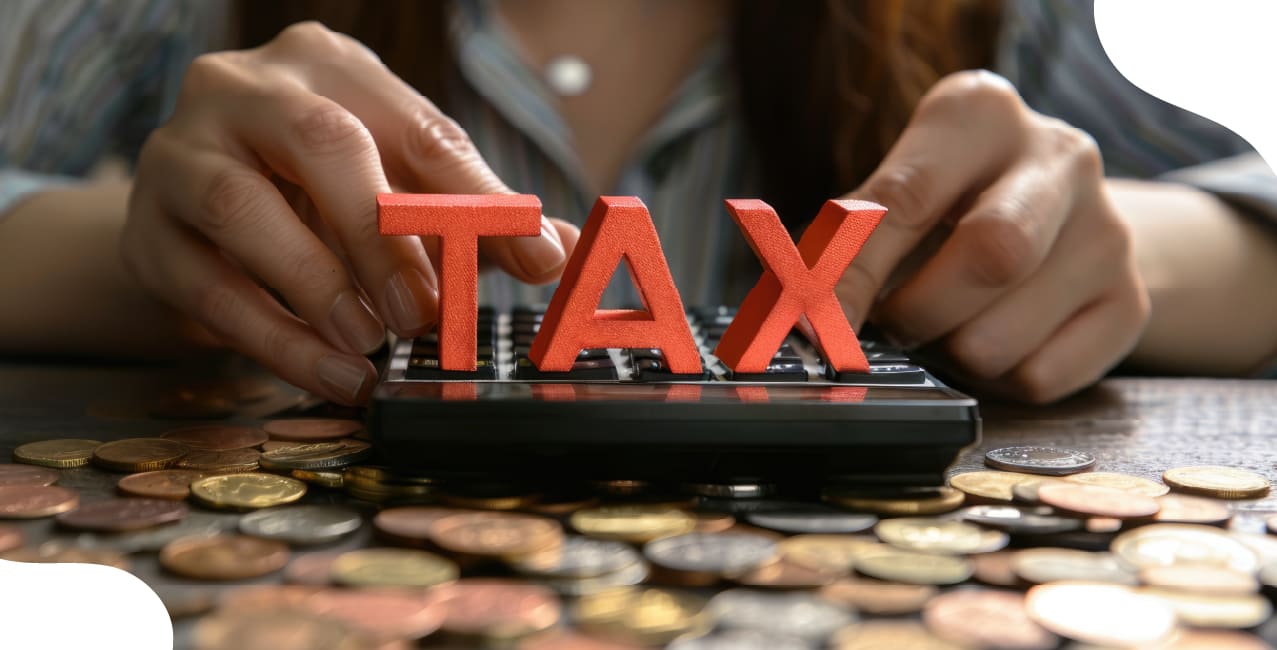
Author
LoansJagat Team
Read Time
6 Min
18 Sep 2025
Section 197 of Income Tax Act – Apply for Lower or Nil TDS Certificate
Key takeaways
- You cannot take a public servant to court for actions done as part of their official duty without government permission.
- This rule protects government employees while they perform their duties.
- The government must give its approval before anyone can initiate a legal case against it.
Section 197 of the Income Tax Act allows taxpayers to apply for a certificate to reduce or eliminate Tax Deducted at Source (TDS) on their income. This provision is beneficial for individuals whose estimated tax liability is lower than the TDS being deducted.
Example:
Suppose Priya is a freelance consultant with an annual income of ₹4,50,000. After deductions and exemptions, her estimated tax liability is ₹15,000. However, her client deducts TDS at 10%, amounting to ₹45,000. Priya applies for a Section 197 certificate. The Assessing Officer approves it and allows TDS at 3%, which comes to ₹13,500. This reduces her TDS and helps her keep more cash, matching her actual tax liability.
In this blog, we will explain how Section 197 works, who can apply for it, the procedure involved, and the importance it offers to taxpayers.
Importance of Section 197 of the Income Tax Act
The table below explains what Section 197 requires from taxpayers and why it holds importance in tax compliance.
By applying under Section 197, taxpayers ensure that TDS aligns with their real tax burden, leading to smoother financial management and timely compliance.
Example:
The table below shows how Section 197 helps taxpayers by reducing excess TDS deduction and matching it with their actual tax liability.
This example makes it clear that Section 197 prevents unnecessary blocking of funds and ensures that taxpayers pay only what they truly owe.
Objectives of Section 197 of the Income Tax Act
The table below highlights the main objectives of Section 197 and explains how it benefits taxpayers in managing their tax obligations.
By achieving these objectives, Section 197 makes the tax system fairer, smoother, and more efficient for both taxpayers and authorities.
Example:
The example below shows how Section 197 helps align TDS with actual tax liability, preventing excess deduction and improving cash flow.
- Annual Income: ₹5,50,000
- Tax Liability after deductions: ₹11,000
- Standard TDS Rate: 10% → ₹55,000 deducted
- With Section 197 Certificate (e.g., TDS at 2%) → ₹11,000 deducted
Result: Tax deducted matches ₹11,000 liability, no excess deduction, better cash flow, and smoother compliance.
TDS Rate Under Section 197 of the Income Tax Act
The paragraph below explains how Section 197 reduces the TDS rate on certain incomes. That income, such as professional fees, helps align it with the actual tax liability.
If you earn professional fees of ₹6,00,000 in a year, the standard TDS rate under Section 194J is 10%. Without Section 197, ₹60,000 would be deducted as TDS, even though your actual tax liability after deductions is only ₹12,000. This means an excess of ₹48,000 is deducted, and you would need to file for a refund.
However, with a Section 197 certificate approved by the Assessing Officer through Form 13, the TDS rate can be reduced to 2%. In that case, only ₹12,000 is deducted, which exactly matches your tax liability. This way, you avoid excess deduction, save time, and do not need to claim a refund.
This example shows that Section 197 prevents heavy TDS deductions, saves taxpayers from refund delays. It also ensures that only the rightful tax is deducted.
Exemption Under Section 197 of the Income Tax Act
The table below explains how Section 197 provides relief to taxpayers by allowing them to reduce or eliminate excess TDS deductions.
By offering this exemption, Section 197 ensures fair taxation, improves cash flow, and reduces unnecessary refund claims and compliance burdens for taxpayers.
Example:
- Annual Income: ₹4,00,000
- Tax Liability (after exemptions/deductions): ₹8,000
- Default TDS rate (e.g., professional fees): 10% → ₹40,000
- With Section 197 Certificate (nil): TDS → ₹0
Outcome: ₹0 deducted, no blocked funds, and no refund process needed at year-end.
Due Date and Compliance Requirements of the Income Tax Act
The table below sets out the main compliance requirements for TDS under the Income Tax Act. It shows compliance requirements along with their respective due dates and penalties.
By following these due dates and compliance rules, taxpayers can avoid interest, penalties. And can also avoid unnecessary complications in meeting their TDS obligations.
Conclusion
Section 197 of the Income Tax Act helps taxpayers avoid paying more tax than necessary through TDS. By applying for a lower or nil deduction certificate, they can match their tax payments with their actual liability. This improves cash flow, reduces the need for refunds, and makes tax compliance easier. It’s a practical way to ensure fair and accurate tax deduction at source.
FAQs
Can a Section 197 certificate be used for more than one payer of income?
Yes, a single Section 197 certificate can cover multiple deductors if the taxpayer mentions all payers while applying.
What are sections 197 and 197A of the Income Tax Act?
These two income tax acts are all about the lower rate or nil TDS.
What is division 197 of the Income Tax assessment act 1997?
The rules for the share capital account fall in Division 197 of the Income Tax Assessment Act 1997.
What is the applicability of 197?
Section 197 applies to public limited companies.
What is a Section 197 sanction?
Section 197 of the CrPC, 1973, says that a court cannot take a case against a public servant or former public servant without prior sanction from the government if the alleged offence was committed while carrying out, or claiming to carry out, official duties.
Other News Pages | |||
About the Author

LoansJagat Team
‘Simplify Finance for Everyone.’ This is the common goal of our team, as we try to explain any topic with relatable examples. From personal to business finance, managing EMIs to becoming debt-free, we do extensive research on each and every parameter, so you don’t have to. Scroll up and have a look at what 15+ years of experience in the BFSI sector looks like.

Quick Apply Loan
Subscribe Now
Related Blog Post

LoansJagat Team • 22 Sep 2025
_of_Income_Tax_Act.jpg)
LoansJagat Team • 22 Sep 2025

LoansJagat Team • 22 Sep 2025